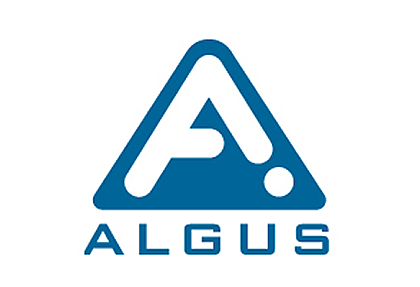How to Optimize Blister Tray Packaging for Maximum Product Protection and Cost Efficiency
In the competitive landscape of product distribution, optimizing blister tray packaging has become a crucial strategy for enhancing product protection and achieving cost efficiency. According to a report by Smithers Pira, the global packaging market is projected to reach $1 trillion by 2024, with blister packaging accounting for a significant portion due to its effectiveness in safeguarding fragile items.
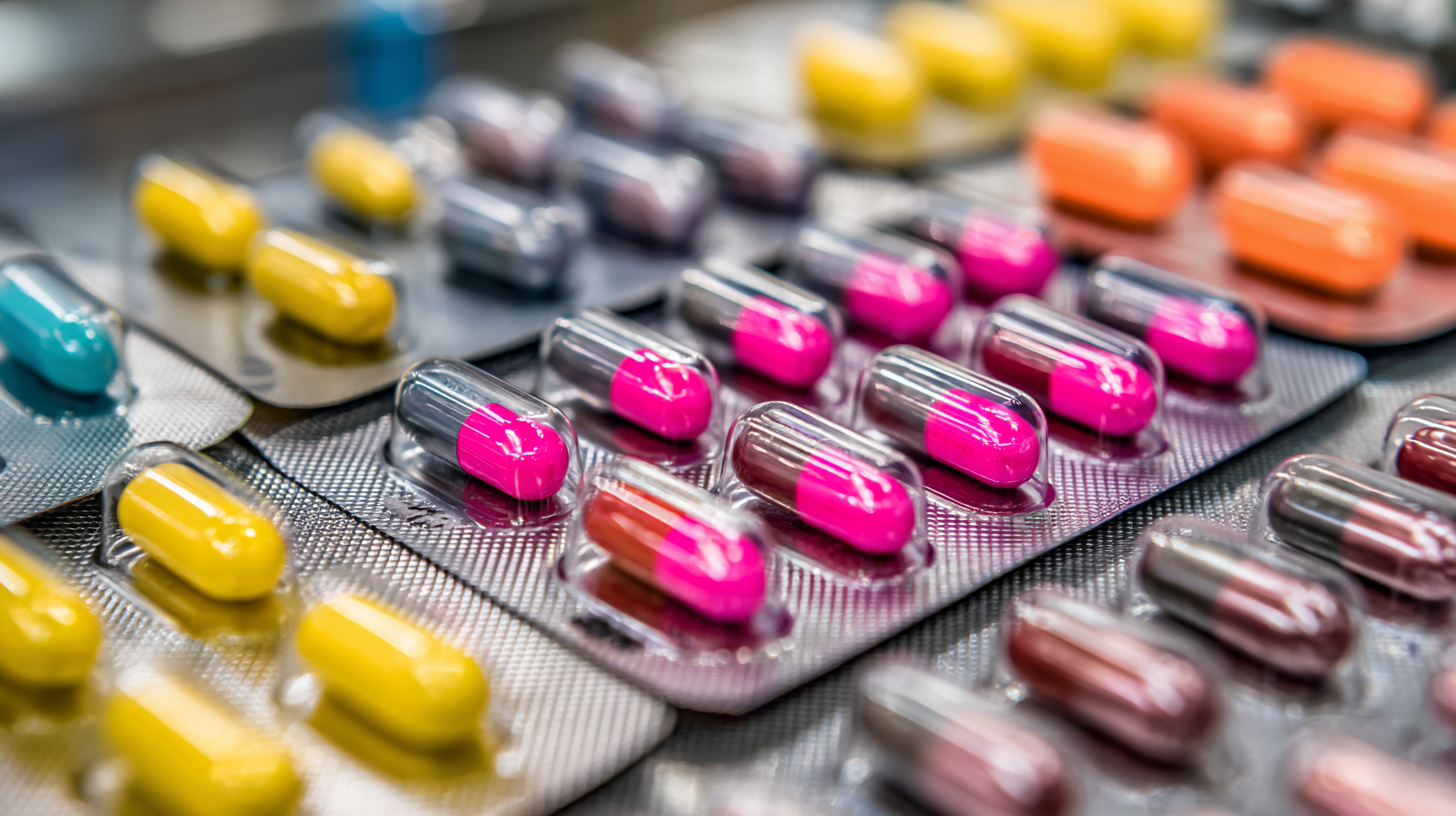
Blister tray packaging not only minimizes the risk of damage during transit but also reduces material waste through its customizable designs, allowing manufacturers to tailor solutions based on specific product shapes and sizes. Furthermore, a study published by Packaging Strategies indicates that well-designed blister packs can improve shelf life by 20%, benefiting both retailers and consumers. As businesses strive to balance cost efficiency with high-standard product protection, mastering the intricacies of blister tray packaging emerges as a pivotal factor in maintaining competitiveness in today’s dynamic market.
Understanding the Importance of Blister Tray Packaging in Product Protection
Blister tray packaging plays a crucial role in ensuring product protection, particularly in the food industry. With the rise in awareness regarding sustainable practices, the integration of bio-based materials into blister tray production is becoming increasingly significant. Recent studies indicate that packaging contributes to maintaining the safety and quality of food items while also addressing traceability and logistics. Reports suggest that well-designed blister trays can reduce waste and enhance the shelf life of food products, an essential factor for maintaining freshness and minimizing spoilage.
To optimize blister tray packaging for maximum efficiency, it is vital to understand the environmental impact of materials used. Research shows a growing trend toward using biodegradable polymers, which can effectively replace non-biodegradable options, thereby reducing the ecological footprint. Moreover, innovations focusing on air ventilation and material enhancements are proving vital in packaging for sensitive products like fresh meat. By implementing efficient packaging designs and sustainable materials, companies can achieve significant cost savings while ensuring high levels of product protection and consumer safety, ultimately fostering a more sustainable packaging ecosystem.
Evaluating Materials: Choosing the Right Plastic for Optimal Durability
When it comes to optimizing blister tray packaging, evaluating materials is crucial in ensuring both product protection and cost efficiency. Choosing the right plastic can significantly influence the durability of the packaging. Common materials like PVC, PET, and polycarbonate each offer unique advantages. PVC is lightweight and cost-effective, making it suitable for a variety of products. However, it may not provide the same level of impact resistance as polycarbonate, which, while more expensive, offers enhanced durability and protection for fragile items.
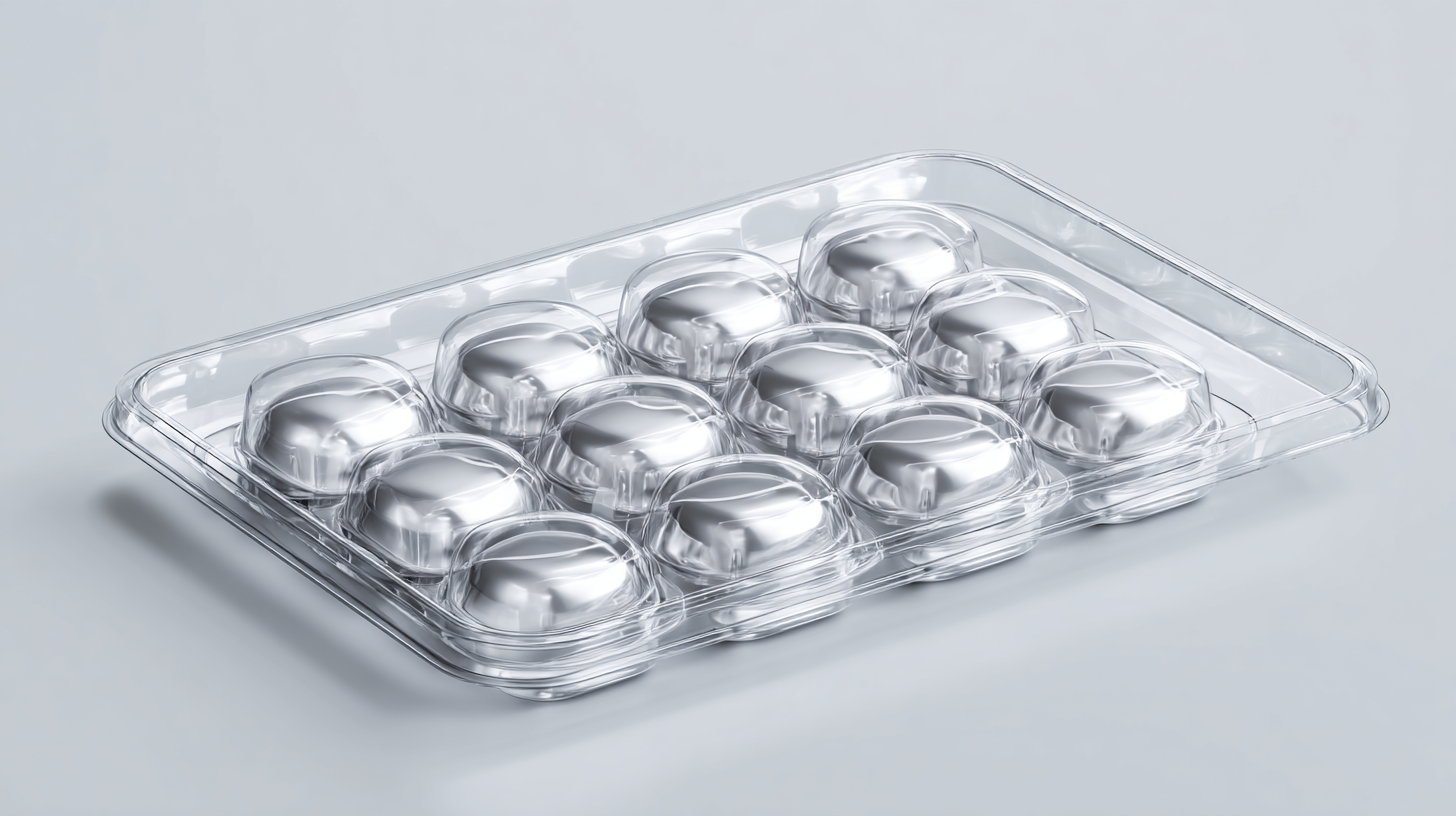
Furthermore, the thickness of the plastic can also affect overall performance. Thicker materials often provide better protection against environmental factors, such as moisture and temperature fluctuations, but they can increase material costs and weight. Brands must balance these considerations, selecting plastics that not only defend against external pressures but also align with budget constraints. Innovative material options, such as biodegradable plastics, are also emerging, allowing companies to enhance sustainability without sacrificing product integrity. Ultimately, a comprehensive evaluation of material properties will lead to blister trays that effectively safeguard products while promoting economic efficiency.
Designing for Efficiency: How Tray Shape Affects Cost and Space Utilization
The shape of a blister tray plays a crucial role in both cost efficiency and the overall protection of individual products. A well-designed tray accounts for the specific dimensions and fragility of the items being packaged, ensuring a snug fit that minimizes movement during transit. For instance, using a contoured design that mirrors the product's shape can significantly reduce unnecessary material usage while enhancing structural integrity. By optimizing the geometry of the tray, manufacturers can reduce waste and material costs, leading to a more sustainable packaging solution.
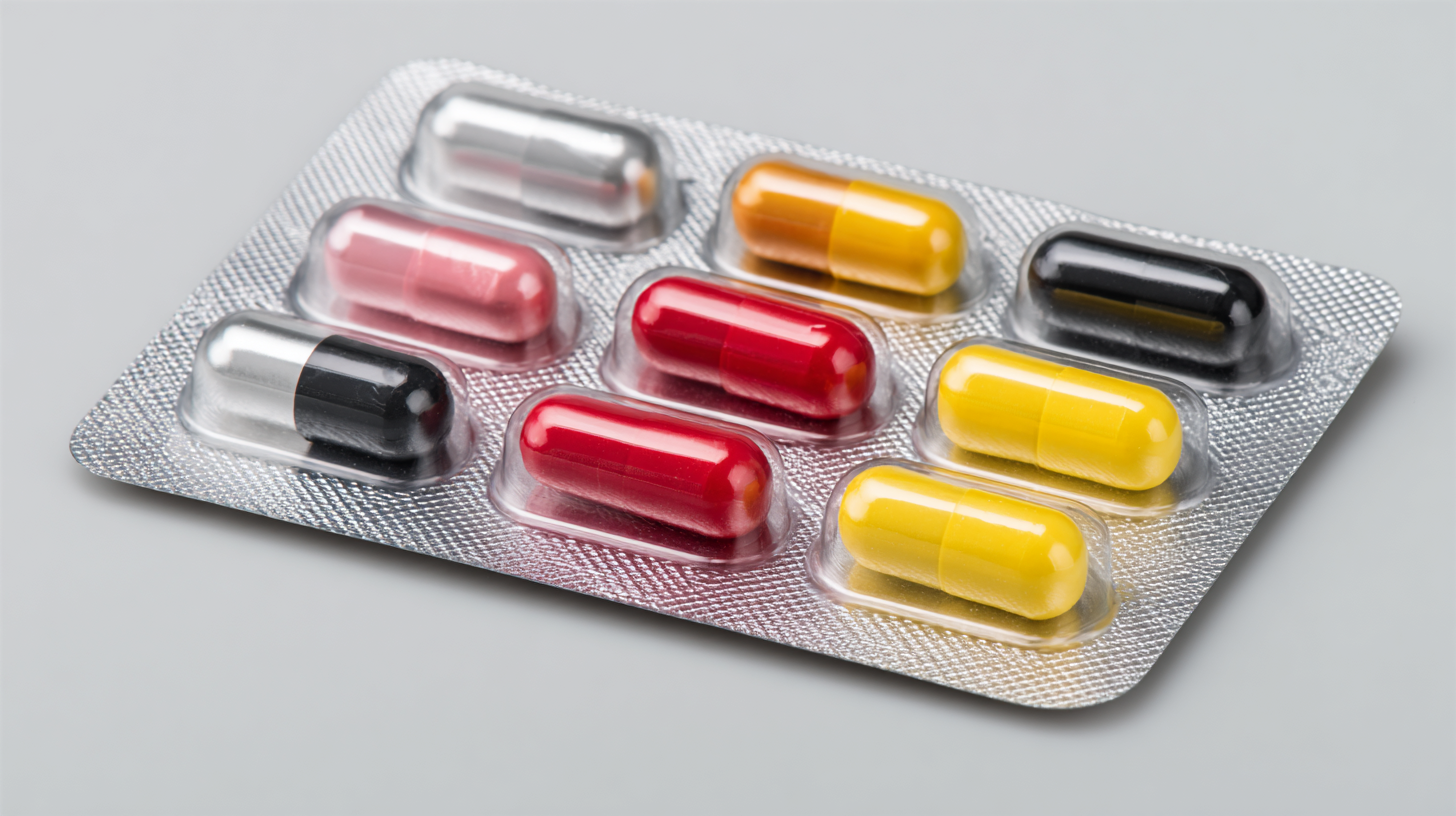
Implementing Industry Standards: Compliance and Best Practices for Packaging
When optimizing blister tray packaging, adhering to industry standards is essential for ensuring compliance and maximizing product protection. Regulations set forth by agencies such as the Food and Drug Administration (FDA) and International Organization for Standardization (ISO) provide a framework for safe packaging practices. These standards dictate the materials used, ensuring they are not only effective in safeguarding the product but are also non-toxic and environmentally friendly. By following these guidelines, companies can avoid potential legal issues and enhance their brand reputation.
In addition to compliance, implementing best practices in blister tray design can lead to significant cost efficiencies. This includes selecting the right blister materials that balance durability and cost-effectiveness while minimizing waste. Advanced design techniques, such as tailored mold shapes and sizes, can optimize space within packaging, reducing material usage and transportation costs. Training staff on these standards and practices is equally crucial, as knowledgeable employees can better navigate the complexities of packaging requirements, ultimately contributing to improved operational efficiency and product integrity.
Blister Tray Packaging Optimization
Maximizing Sustainability: Eco-Friendly Options in Blister Tray Production
As the demand for sustainable packaging solutions grows, industries such as pharma and consumer health are increasingly focusing on eco-friendly options for blister tray production. Collaborations, like the recent partnership between PA Consulting and PulPac, emphasize the need for innovation in creating sustainable materials. Their initiative, the Blister Pack Collective, aims to develop the world's first Dry Molded Fiber technology, promoting a shift away from traditional plastic-based blister packs towards more environmentally friendly alternatives.
To optimize blister tray packaging while maintaining product protection and cost efficiency, consider these tips:
- Material Selection: Explore the use of biodegradable and recyclable materials that meet safety standards while providing adequate protection for your products. Ensuring that these materials are compatible with existing production processes can enhance efficiency.
- Design Efficiency: Invest in design techniques that reduce material usage without compromising the integrity of the packaging. Utilizing advanced modeling technologies can help identify areas where material savings can be achieved.
- Consumer Education: Educate consumers on the benefits of sustainable packaging and its impact on the environment. Clear labeling and information can encourage proper disposal and recycling actions, further enhancing the sustainability of your packaging solutions.
By prioritizing these strategies, companies can achieve their sustainability goals while maintaining the required protection and cost-effectiveness in blister tray packaging.
Related Posts
-
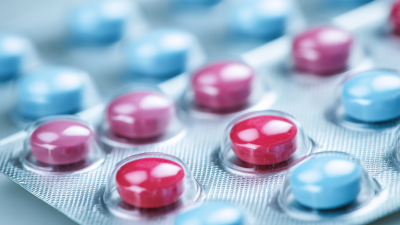
How to Optimize Blister Thermoforming for Maximum Efficiency and Cost Savings in Packaging
-

How to Choose the Right Blister Machine for Your Packaging Needs
-
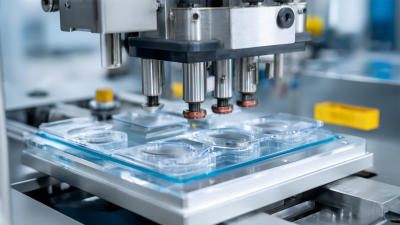
Ultimate Guide to Choosing the Right Blister Heat Sealing Machine for Your Packaging Needs
-
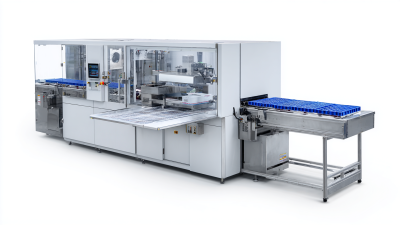
7 Best Plastic Tray Sealing Machines to Elevate Your Packaging Efficiency
-
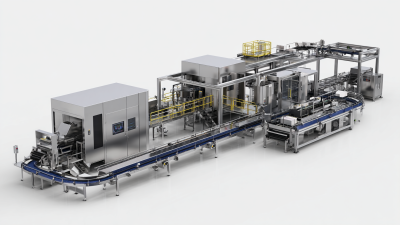
5 Essential Tips for Choosing the Right Packaging Equipment to Boost Efficiency
-

How to Choose the Right Packaging Systems for Your Business Needs
